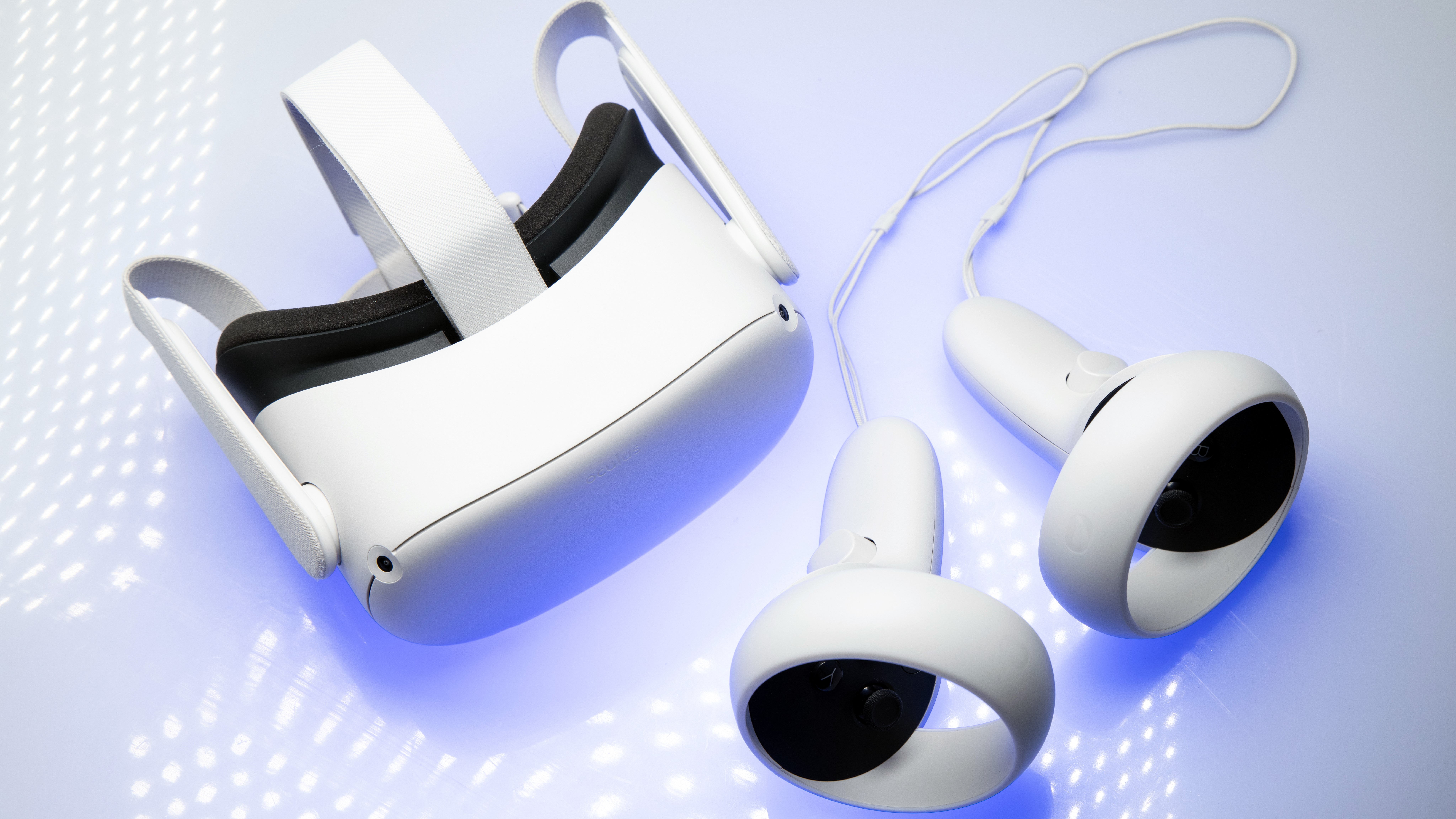Your Oculus Quest 2 is about to get a major video update
Could 16:9 video recordings finally come to the Quest 2?

Video recording on your Quest 2 VR headset is about to get a massive upgrade, according to a Meta executive.
Right now, if you want to natively record and share videos of you enjoying the best VR games out there you have to settle for a feed at 30fps with a 1:1 aspect ratio. While this is fine for Instagram or Facebook, it’s not ideal for those looking to create content for other platforms like YouTube or Twitch.
Thankfully, this could soon be changing, according to comments made by Oculus product manager Clorama Dorvilias on Twitter (via Android Central). In response to a question asking when Quest 2 content creators could expect improved video recording features, Dorvilias said that Meta was “shooting for a May public launch” for the new tools.
However, Dorvilias followed up by saying that an April release could be on the cards.
Our team can’t wait to put it in all your hands too! Feedback has been really positive from the creators who’ve seen designs. We’re shooting for a May public launch (accounting for privacy/security reviews/design/code iterations etc) but chances are high for April. pic.twitter.com/belgOTxQNxMarch 21, 2022
Meta hasn't disclosed exactly what features fans can expect from the incoming Quest 2 update, though the ability to choose from a wider range of aspect ratios and higher frame rates seems likely.
Analysis: why can't the Quest 2 record in 16:9?
Quest 2 content creators have been able to create 16:9 videos for some time, but the process is long and complicated. You have to use a PC and the link cable, as well as modifying the Quest’s settings using an app like SideQuest.
If this incoming update finally allows players to create these recordings at the flick of a switch, it will be a game-changer for VR content on YouTube and Twitch – but why hasn’t this option been available before now?
The main reason why Quest 2 recordings have been restricted to a 1:1 framerate is likely because that’s the aspect ratio the headset uses to immerse you in VR whenever you slip it on.
Sign up for breaking news, reviews, opinion, top tech deals, and more.
When you're wearing a headset, each of your eyes is in front of a display that's 1832 pixels by 1920 pixels. The image displayed on each screen is pretty much identical, albeit shifted slightly to give virtual worlds a sense of depth.
As such, while the screens aren’t quite the same number of pixels in each dimension, you won’t lose much if you cut the video down to a 1:1 aspect ratio.
Conversely, if you want to produce a video that uses a 16:9 ratio, you’d be trimming the image so that it’s either 1832 x 918 or 1080 x 1920 pixels – which would mean cutting out a lot of what you can see horizontally or vertically.
If you want to avoid this you’d need the video recording to be capturing content that the player can’t see – content that's typically completely hidden or less well-rendered to save on the Quest 2’s processing power.
For 16:9 recordings to be possible on the Quest 2, and not create a motion-sickness-inducing choppy mess, Meta developers would need to make as many optimizations as possible to ensure the all-in-one device’s parts aren’t overburdened.
Hopefully, the devs have found a way to include 16:9 video recordings in the incoming update, but don’t be surprised if the feature is still some time away – we just hope we don’t have to wait for the Quest 3 to finally get native 16:9 recordings.
- Check out: the best Oculus Quest 2 games of 2022

Hamish is a Senior Staff Writer for TechRadar and you’ll see his name appearing on articles across nearly every topic on the site from smart home deals to speaker reviews to graphics card news and everything in between. He uses his broad range of knowledge to help explain the latest gadgets and if they’re a must-buy or a fad fueled by hype. Though his specialty is writing about everything going on in the world of virtual reality and augmented reality.